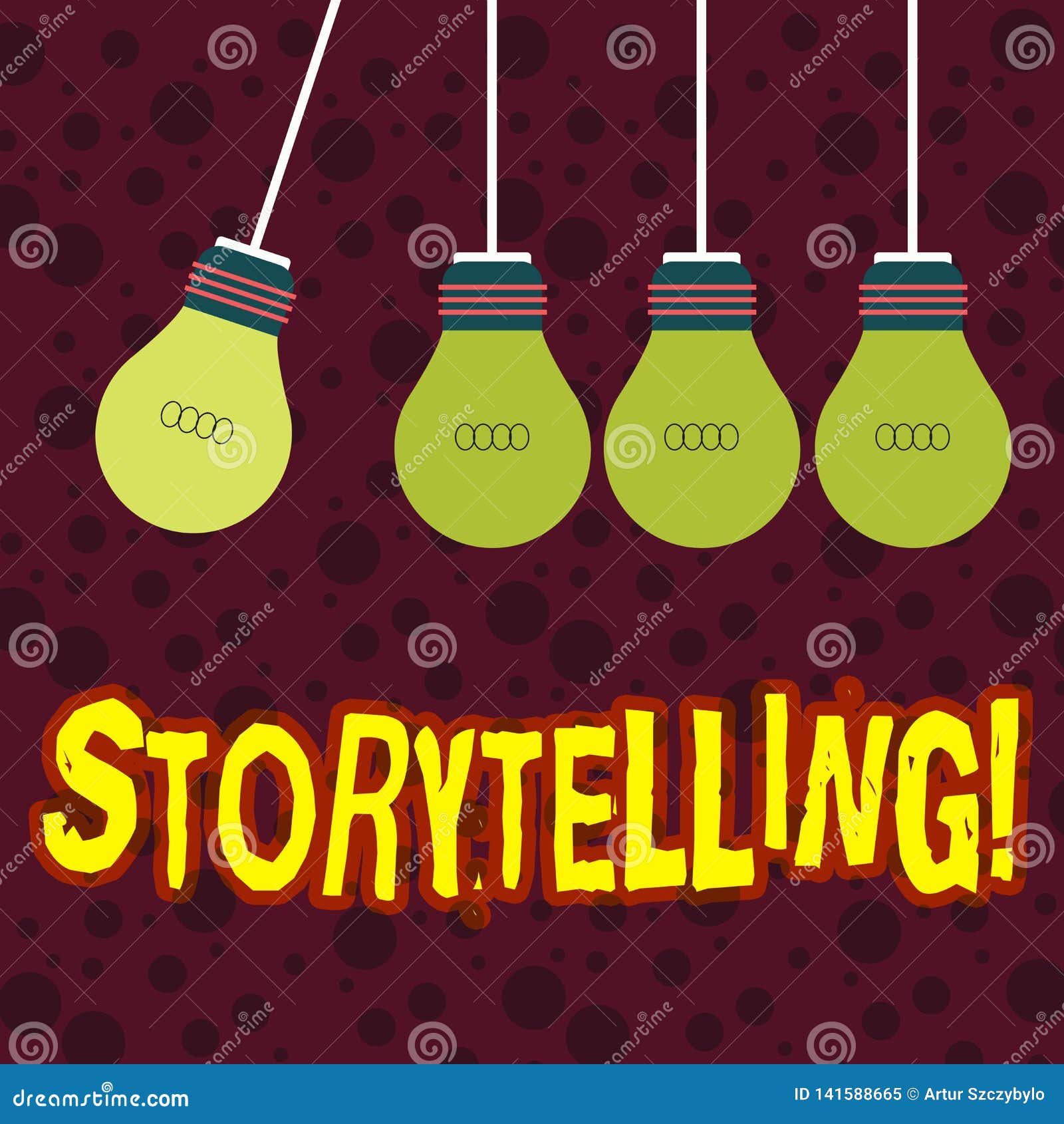

Same clue and reminder about where the dialogue came from, but it flows a little better and fits the familiar dialogue format. "Watch out when you hit the bend," Miguel had told him. If you don't like introductory phrases, you could always try.Īnother easy way is to reminder the reader someone said something when the POV character remembers it.īob stopped at the edge of the creek, just before it curved into the woods. Try to be fresh and link it to something that fits your story or character's personality when possible. Don't do any word gymnastics to avoid it (that only makes it worse), but it's not a bad idea to think about what words you use for this type of phrase.

Words echo in minds, pop into heads, strike from nowhere. One thing to be aware of here, is that many memory introductions have become a little clichéd because they're used so much (yep, even I use them). "Watch out when you hit the bend-big crawler infestation near there." It reminds the reader about the memory, and then shows the memory.īob stopped at the edge of the creek, just before it curved into the woods. The easiest way to let reader's know a line is remembered dialogue is to tell them.

A little head's up for the reader is needed. Maybe they'll remember someone else told him that, maybe not. He gripped the shotgun tighter and started forward.ĭoesn't that read like something Bob just now said? Which makes no sense because readers have no idea who he's talking to or what he's talking about. "Watch out when you hit the bend-big crawler infestation near there."īob nodded. Rarely do you just see remembered dialogue dropped in with no explanation at all, because then it looks like an internal thought or actual dialogue and throws the reader.īob stopped at the edge of the creek, just before it curved into the woods. One thing that's fairly consistent though, is a clue that this is a memory. You can also mix and match, using, say, introductory phrases and italics, or italics with the narrative. A lot depends on how you're using it, how much there is, and the style you prefer. How you format remembered dialogue varies, same as internal dialogue. Which can be tough when a thought or memory hits a character out of the blue. Like the rest of your narrative, you want it to flow seamlessly and read naturally. When they do, odds are it's important to the story and the scene, but you don't want it to read like you just crammed the information in there. By Janice Hardy, remember conversations and things said.


 0 kommentar(er)
0 kommentar(er)
